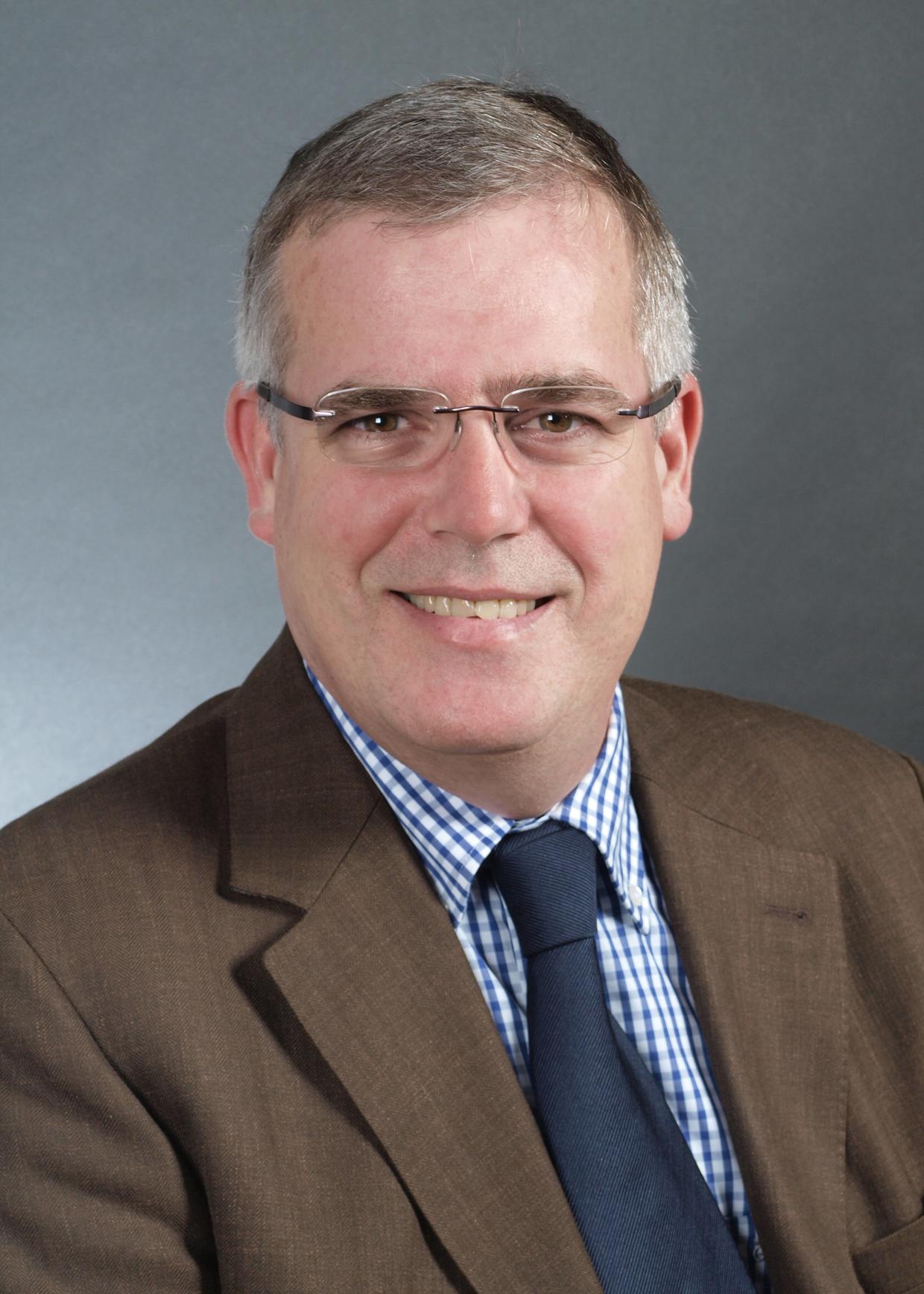
Time: 16:35 pm, Sept. 14th, Wednesday
Venue: A0207,A0208,A0209 of Comprehensive Building of Teaching & Administration, ZOOM (ID: 643 0066 2643, Code: 757755)
Speaker: Prof. Andres Kecskemethy, University of Duisburg-Essen Germany
Title: Differential-geometric continuous approaches for fast kinematic/dynamic computations and their applications in engineering and biomechanics
Abstract
Described in this lecture are basic principles for formulation of continuous differential-geometric approaches which can be of use for fast kinematics and dynamics computations. In the introduction, the concept of kinetostatic transmission element is briefly reviewed, representing a mechanical interpretation of generic differential-geometric mappings between manifolds. In a first part, the solution of rigid-body motion along a SE(3) track using quintic splines for continuous position and rotation interpolation is described – termed the “Spline Joint”. The type of interpolation – Frenet, Darboux, Bishop, Quaternion – can be regarded as an internal detail and “hidden” from the user, allowing for easy representation switches and their combination. The application as a layout program for roller coasters shows its industrial relevance. The concept is then generalized to waterslides by regarding a corresponding “Surface Joint” with a Darboux frame continuously sliding on the surface and computing the stationary water channel through Bernoulli’s model and its interaction with the sliding person through water mass rate resistance. The approach shows that the stationary water channel as well as the person can be predicted highly accurately and by a factor of 1:630,000 faster than commercial fluid mechanics codes. In the second part, the kinematics of shortest paths on smooth frictionless surfaces is regarded, as can be of use e.g. to compute musculotendon systems but also for soft finger actuators. The approach starts by regarding exact geodesics on surfaces as closing conditions, and then by regarding also “thick” strands with varying cross section wrapped around a surface. Its is shown again that, while the derivations and the differential geometry are non-trivial, the final code is easy to implement and faster than discrete methods by factors of up to 100. In the final part, the use of motion and force increment screws and the property of eigenvectors as convergence of power iterations of the impedance matrix to the eigenvalue with the highest impedance (=the lowest stiffness) allows one to identify an unknown joint axis by only application of force-displacement iterations, as shown from an ongoing research project RobDIP together with a chief orthopedic surgeon and industrial robot company.
Speaker Bio
Professor Kecskeméthy was born in Lima, Peru and graduated from the University of Stuttgart in Mechanical Engineering in 1984, receiving his Ph.D. in Mechanical Engineering from the University of Duisburg in 1993. From 1994 to 1995, he stayed as a senior guest researcher at the Centre for Intelligent Machines at McGill University with a fellowship from the German Research Foundation (DFG). In 1996, Dr. Kecskemethy was appointed Professor at the Technical University of Graz, where he held the Chair for Mechanics until 2002. In 2002, Professor Kecskeméthy moved to the University of Duisburg-Essen, where he holds the Chair for Mechanics and Robotics at the Institute of Mechatronics and System Dynamics. He was Editor-In-Chief of the Journal Mechanism and Machine Theory from 2004 to 2015. He served as Dean of the Faculty of Engineering and as Chairman of the Senate of the University Duisburg-Essen. His memberships include the German Engineering Association VDI and the International Federation for the Promotion of Mechanism and Machine Science IFToMM. Since 2013, he was IFToMM Germany Chair, and since 2020 he is IFToMM President for the term 2020-2023. Professor Kecskeméthy has worked in the areas of kinematics and dynamics of multibody systems, covering topics such as modelling and control of mechatronic systems, vehicle dynamics, design of legged machines, biomechanics, virtual reality as well as medical and heavy-weight robotics. He has organized several international conferences [IAK 2008, IAK 2013, IAK 2018, Computational Kinematics 2009, ECCOMAS Multibody Dynamics 2019, International Symposium on Theory and Practice of Robots and Manipulators (ROMANSY) 2022, Advances in Robot Kinematics (ARK) 2022], has been Editor-In-Chief of the Journal Mechanism and Machine Theory from 2004 to 2015, and is the author of more than 230 proceedings and journal papers.
